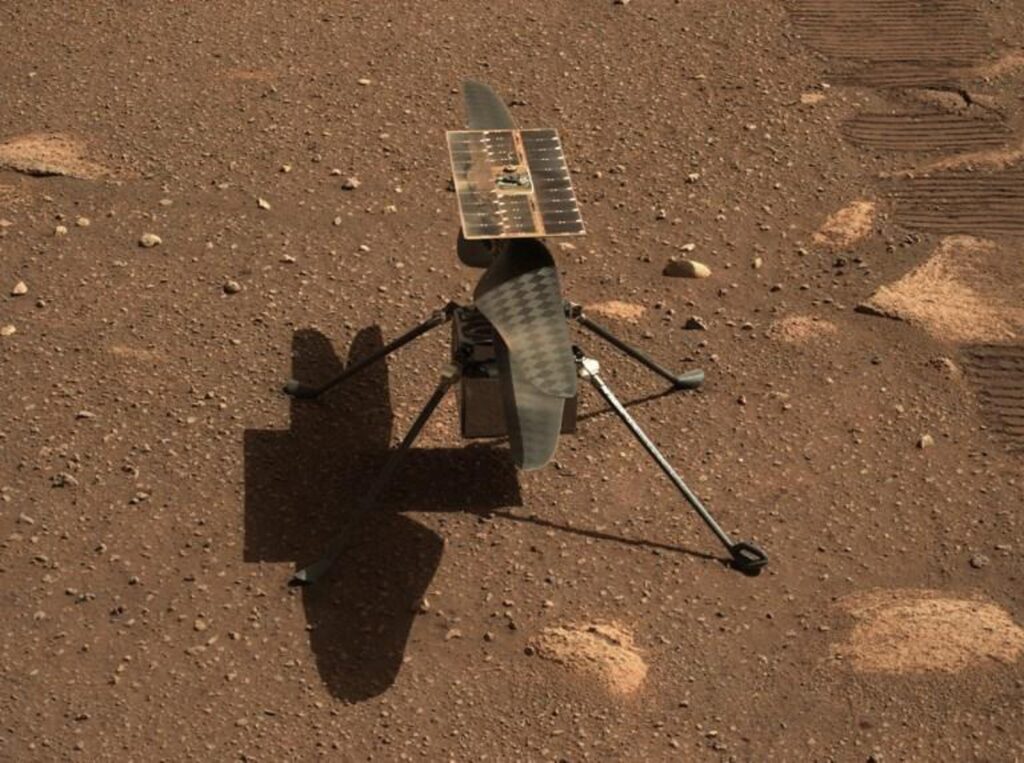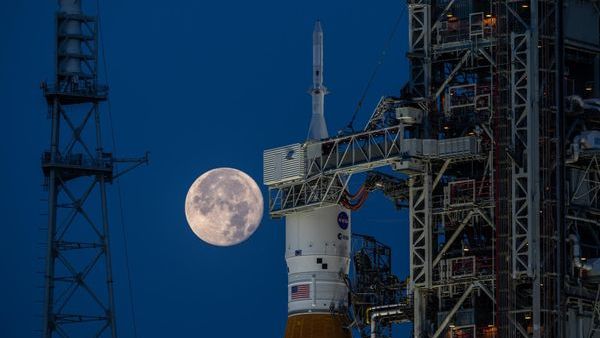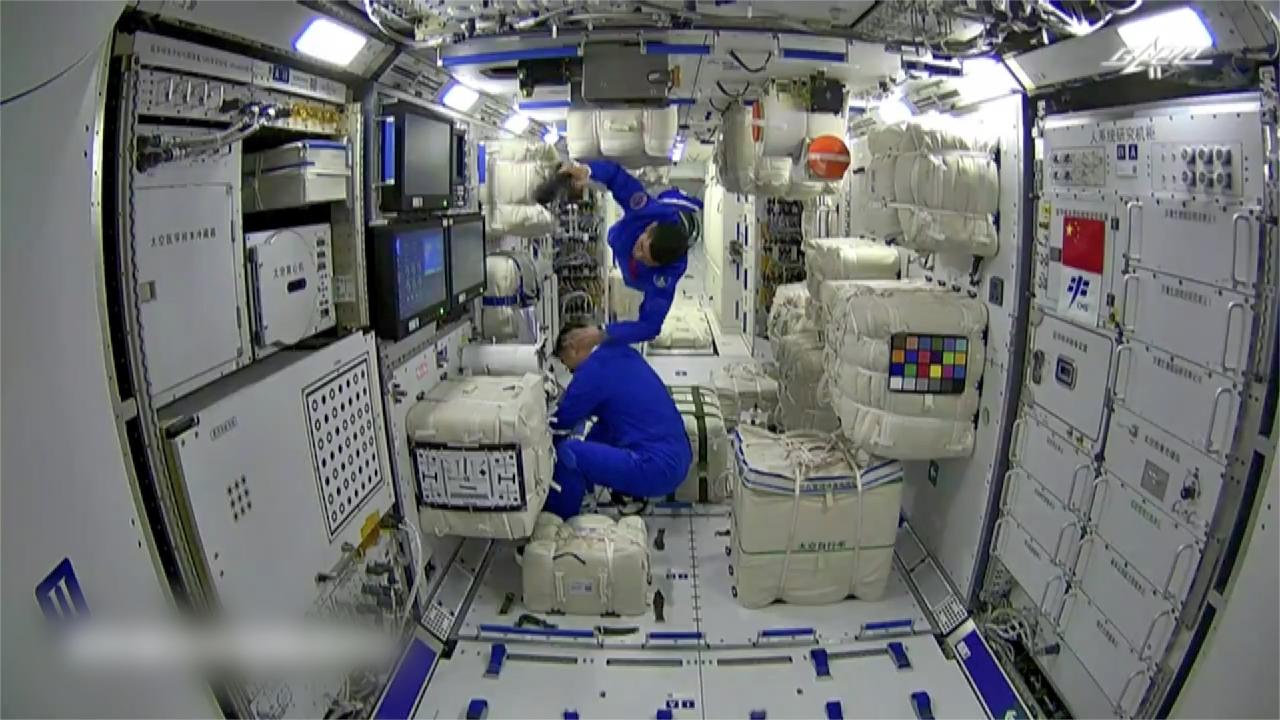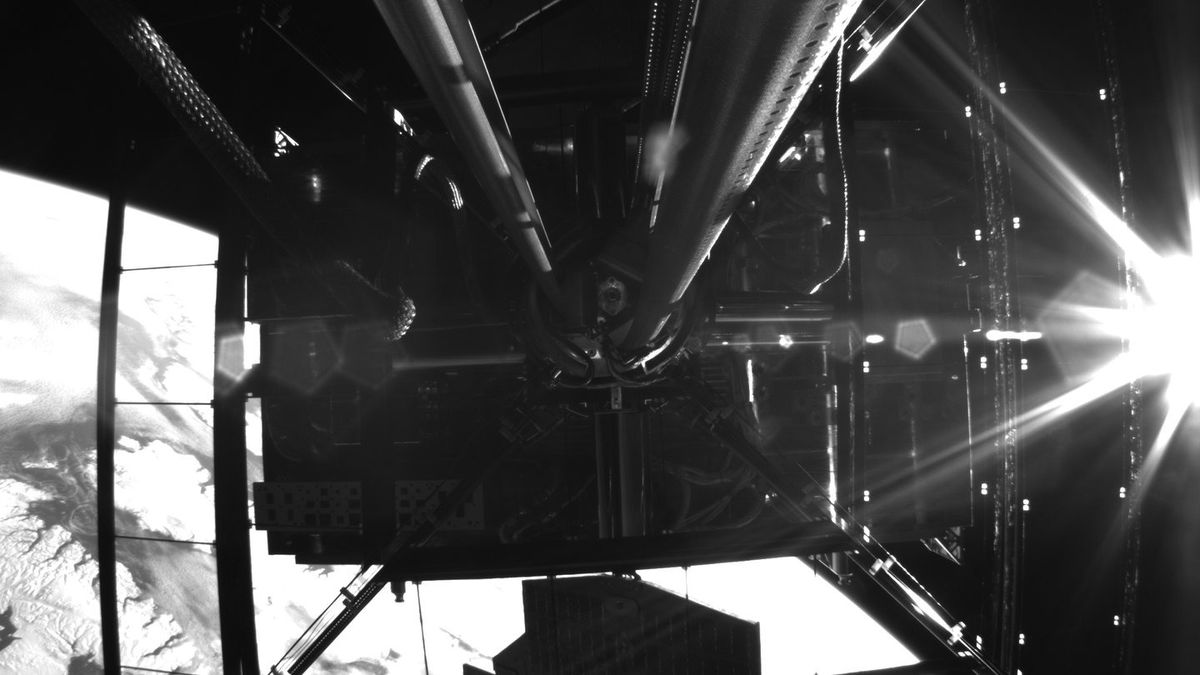An intriguing strategy for exploring NEAs with SpaceX’s Starship was disclosed by a group of NASA scientists and planetary defense specialists. The suggestion was made at the 8th IAA Planetary Defense Conference a few months ago in early April in Vienna, Austria. Recently, TESMANIAN discovered a document explaining their idea inside NASA’s Technical Reports Server repository.

NEO Surveyor is essential in locating accessible NEAs
In an article from Tesmanian, the team presented a ground-breaking strategy for asteroid exploration along with their thoughts on “Prospects for Future Human Space Flight Missions to Near-Earth Asteroids.” The forthcoming NASA Near-Earth Object (NEO) Surveyor satellite telescope is the centerpiece of their proposal. By classifying at least 90% of NEOs larger than 140 meters, this cutting-edge technique will help us better understand and prepare for probable Earth impacts.
Furthermore, NEO Surveyor is essential in locating accessible NEAs that are appropriate for both robotic and human missions. The enormous telescope might be launched in the future by SpaceX’s Starship, although the agency is still working on the Surveyor and has not made an official announcement regarding launch provider. By the end of 2027, it should be ready for launch.
The proposal’s team includes eminent experts from a variety of fields, including Rob Landis, a program executive in NASA’s Planetary Defense Coordination Office (PDCO), Paul Abell, the respected Chief Scientist for Small Body Exploration in the Astromaterials Research and Exploration Division, and Lindley Johnson, the agency’s first Planetary Defense Officer, who is well-known for his previous position as the Near Earth Object Programs Executive in the Planetary Sciences Division; Brent W. Barbee, a talented aerospace engineer working for NASA’s Navigation and Mission Design Branch, and Daniel R. Adamo, a well-known expert in human space flight trajectory design and operations with extensive experience in associated operations concept formulation, training, documentation, and software development.
READ ALSO: NASA’s spacecraft photographs Jupiter’s green glowing dot
Near-Earth asteroids may hold resources like water
In addition to being dangerous, near-Earth asteroids can be useful for science because they may hold resources like water. The researchers emphasized that NEA missions can advance four key areas: science, exploration, resources, and planetary defense. Science involves improving our understanding of the formation and evolution of the Solar System. Exploration involves enabling human exploration beyond the Moon’s vicinity.
The proposal provided a model mission idea for a crewed exploration of the well-known NEA (near-Earth asteroid) 2001 FR85 using the SpaceX Starship and Falcon Heavy. Although the technical specifics are intricate, as their presentation graphs below demonstrate, they can be explained in less technical terms.
Taking into account variables like crew size, mission time, cargo, and propellant, the researchers calculated the mass needs for the mission (more on this below). The Starship, which serves as the mission’s spacecraft, would transport three crew members as well as supplies, machinery, and equipment.
The spacecraft would be guided by the propulsion system of the mission, which would use liquid oxygen and methane for both main propulsion and precise control. The world’s most potent and competent spacecraft, called Starship, is currently being developed. It will be able to carry out challenging missions.
The scientists made sure to underline that this expedition will act as a trial run for future, more ambitious projects like journeys to Mars or other NEAs. The mission’s modest propulsion requirements and relatively brief duration make it a first step towards increasing human presence throughout the solar system.
READ ALSO: Scientists surprised by a ‘peculiar’ radio signal from a black hole jet




